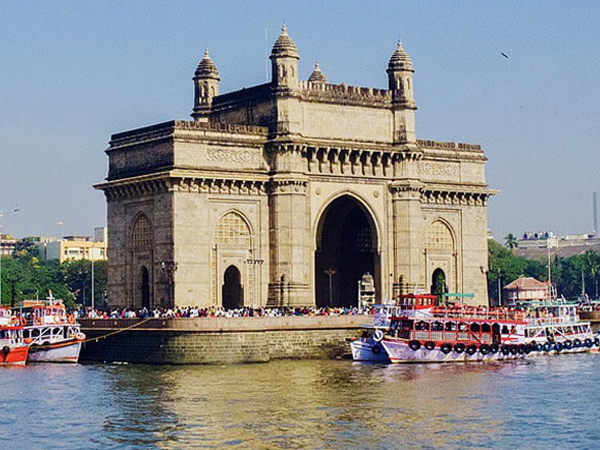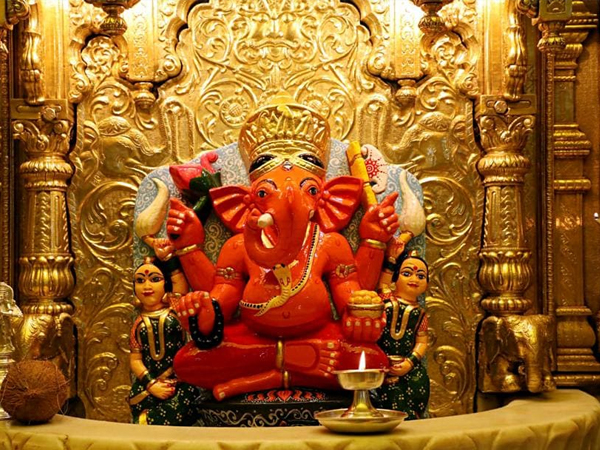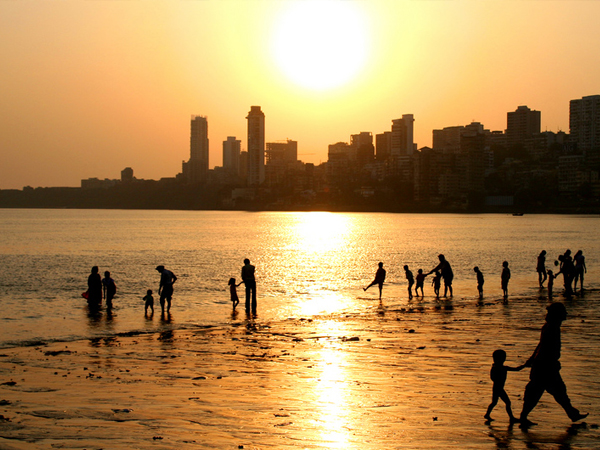Getting There
Gokarna lies at the northwest tip of Karnataka, bordering Goa. The nearest airport is Dabolim in Goa (156km). The Konkan Railway connects to Gokarna, but the closest stations with frequent trains are Kumta (35km) and Ankola (20km). If you are traveling from any South Indian city, state and private operators run overnight buses which make for a good travel option.
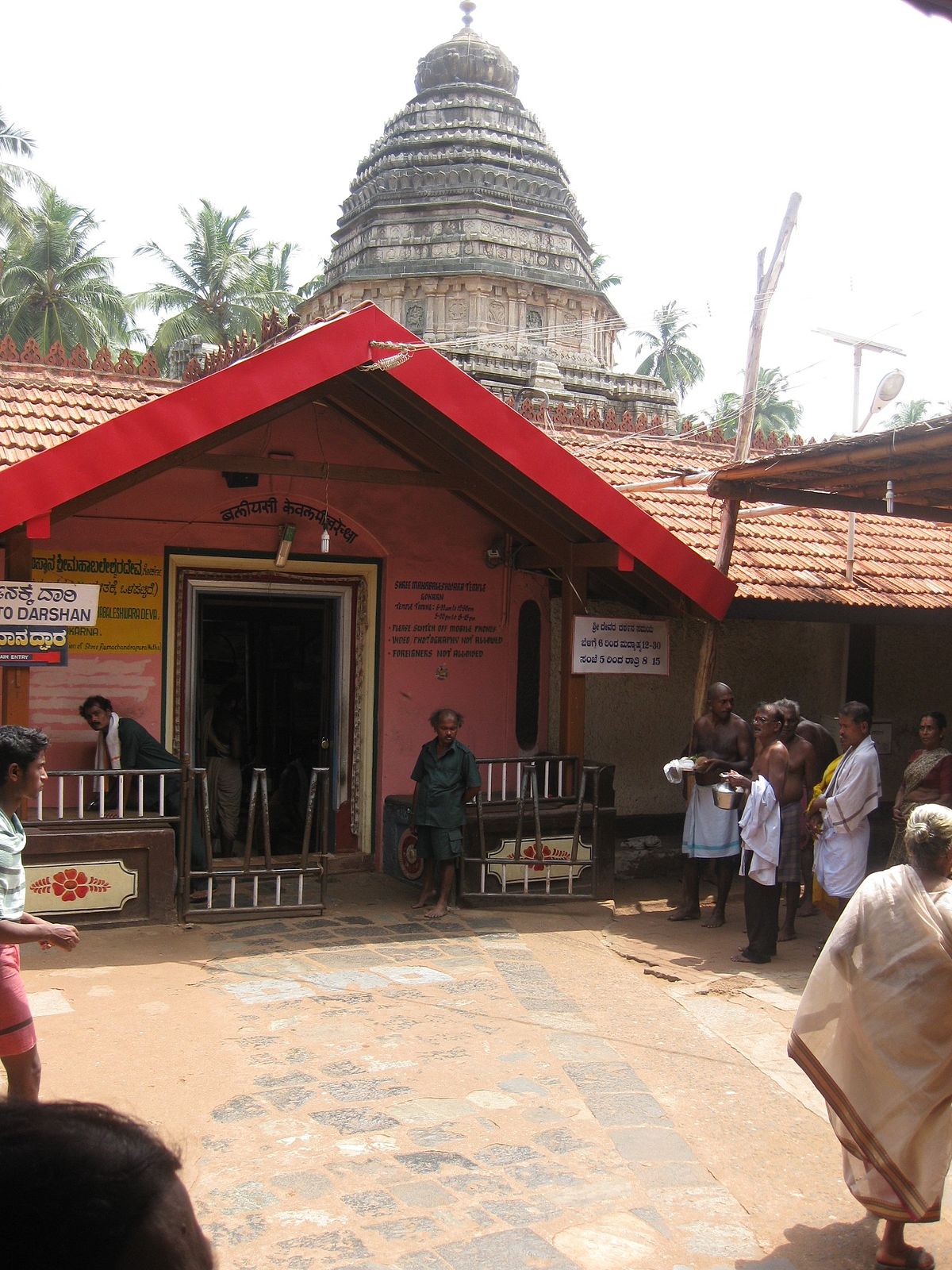 The Atmalinga transforms the ancient Mahabaleshwara Temple on the Arabian Seashore into a holy kshetra. Rife with legends the temple is considered as sacred as K ashi Vishwanath of Varanasi.
The Atmalinga transforms the ancient Mahabaleshwara Temple on the Arabian Seashore into a holy kshetra. Rife with legends the temple is considered as sacred as K ashi Vishwanath of Varanasi.
Gokarna (cow’s ear in Sanskrit) is literally an ear-shaped temple town along the shore of the Arabian Sea. It embraces dreadlocked backpacking foreigners and pious Hindu pilgrims on its pristine palm-shaded beaches and in the impressive shrine of Mahabaleshwara. This ancient temple, with its twisted Shiva lingam, makes Gokarna the mother lode of divine blessings. Expect large crowds, long queues and pushy priests al but they’re a small price to pay for eternal salvation.
Temple Deity – Mahabaleshwara
Called the all-powerful Atmalinga, the black stone linga is uneven and embedded on the floor of the shrine, visible only three inches above the ground. The linga is offered oblations of milk, ghee, and floral offerings. Devotees are allowed to enter the shrine and touch the linga for blessings. Behind this is a raised platform on which is a traditional murti of the Mahabaleshwara linga. The linga is sheathed in gold and sculpted with large eyes and a flourishing mustache, crowned by the hood of the serpent. Large gold rudraksha necklaces and vilva garlands are draped over this linga.
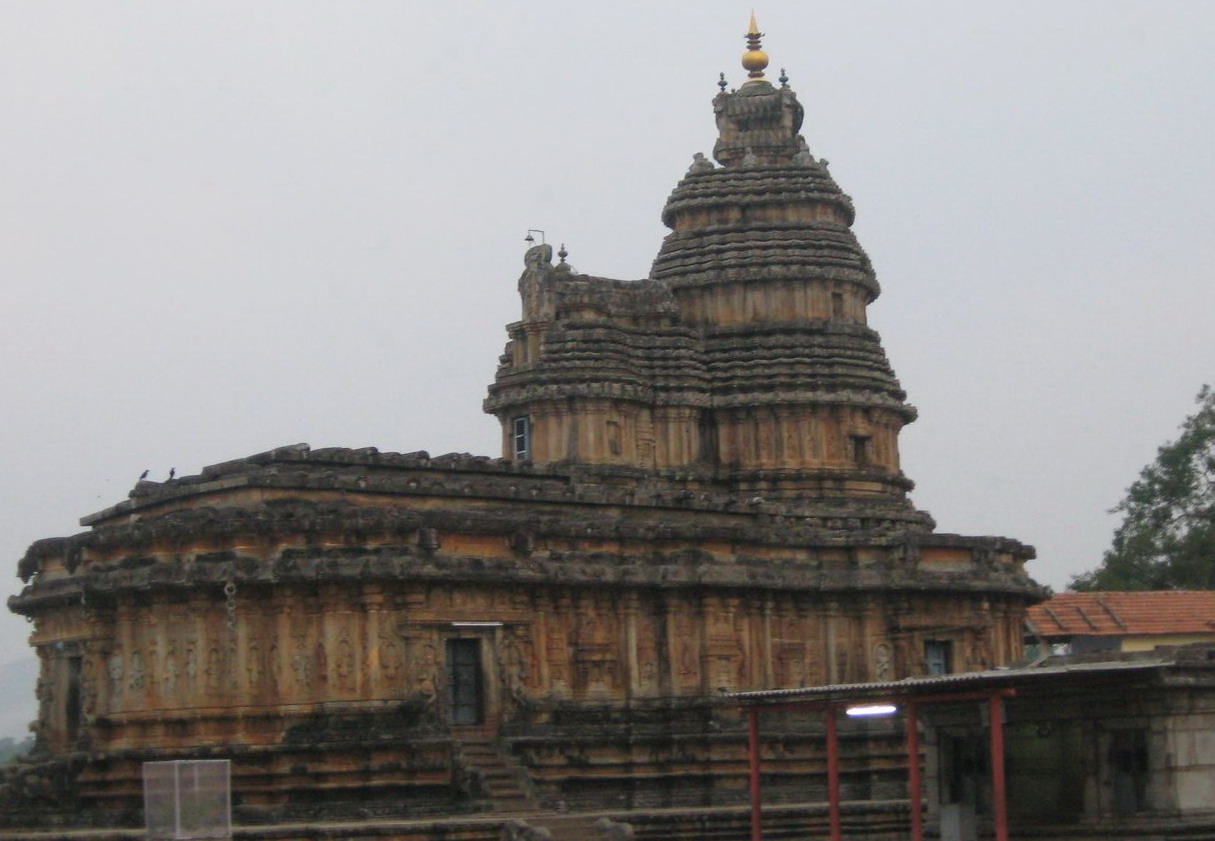 Temple History
Temple History
The temple was built between AD345-369 by King Mayurasarma of the Kadamba dynasty. Later additions including daily worship rituals, pavilions, and smaller shrines were built by rulers including the Keladi royal family in the 17th century.
Style & Architecture
The temple style is attributed to the Dravidian style of temple building by the 16th-century Vijayanagara kings. The temple construction is a blend of walls, pillars, and pavilions in stone and wooden doors and trellis. Sturdy stone columns stand on the outer gallery around the sanctum and many bells hang from the roof of the main hall. A large Nandi in granite faces the main shrine.
Special Features
Maha Ganapathy Temple is a large shrine of a brightly-colored Ganapathy who had deceived Ravana and embedded the Shiva linga in Gokarna. A brass-encased linga with a coiled serpent around it and an intricately carved sculpture of a tortoise are also in the shrine (5.30 am-12.30 pm, 5-9 pm).
The Koti theertha, outside the temple, is a pond that is deemed holy despite its dirty look. The idols in the temple are washed as part of their ritual purification here.
Temple Festival
Maha Shiva Ratri (Feb) is celebrated at the temple with an elaborate rath yatra when the idol is taken out on the procession around the town. For exact dates, timings and details check www.srig.org.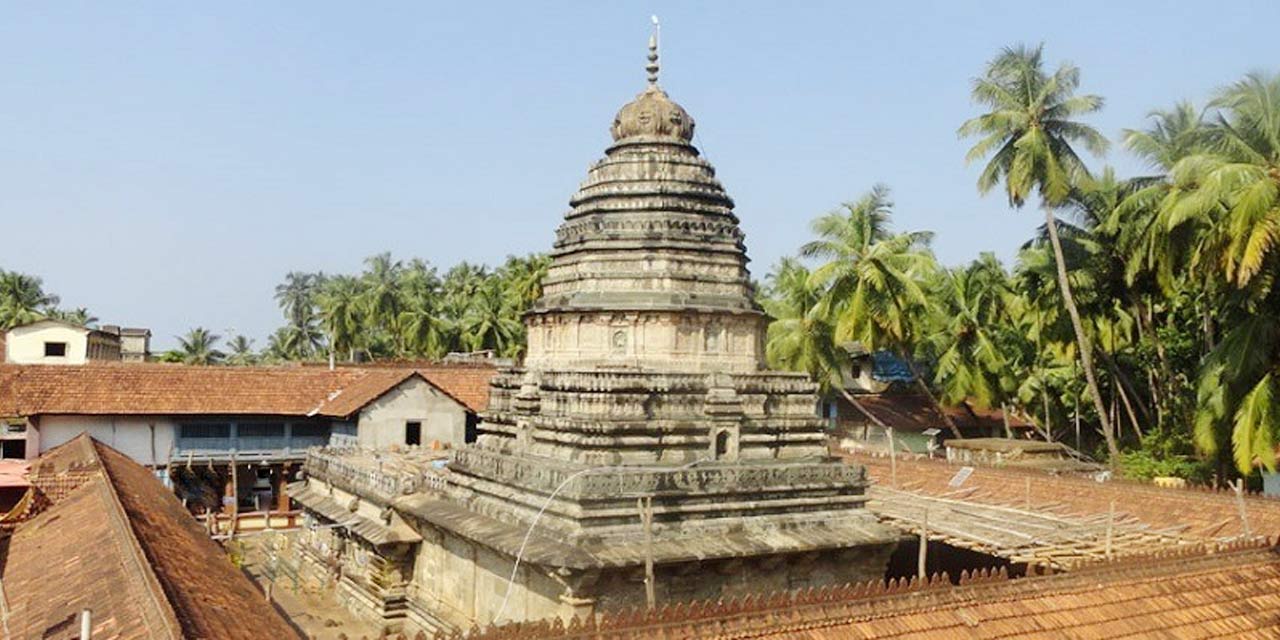
Temple Legend
Lanka ‘s emperor Ravana had obtained the Atmalinga from Shiva after severe penance. As he left for home to install the linga at Lanka, the gods conspired to disrupt his plans en route. Vishnu blocked the sun with his discus. Ravana thought that it was twilight and had to perform his sandhi puja or evening Dreyers. Ganesha, the God who removed obstacles. took the form of a boy and appeared on the beach and offered to hold the linga when Ravana went to the or his dip before praying. The moment his back was turned. Ganesha set the ga deep into the ground from where it could not be drawn out by Ravana.


